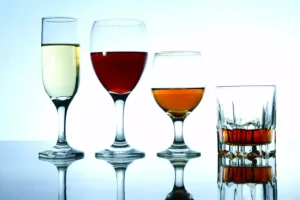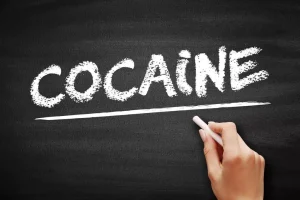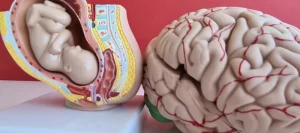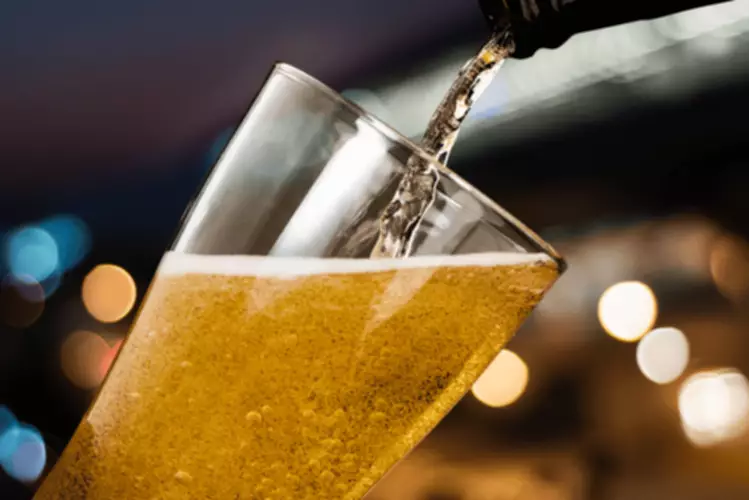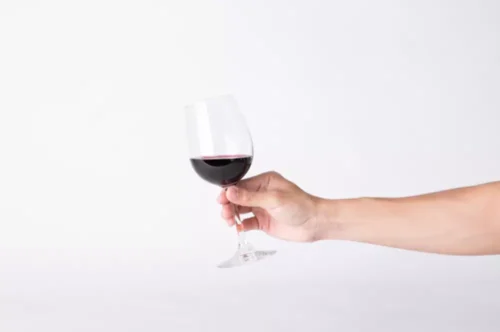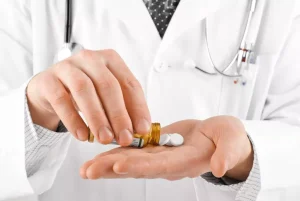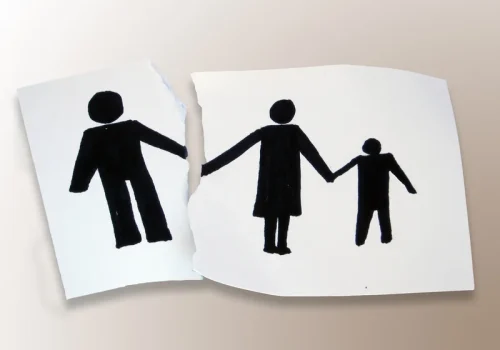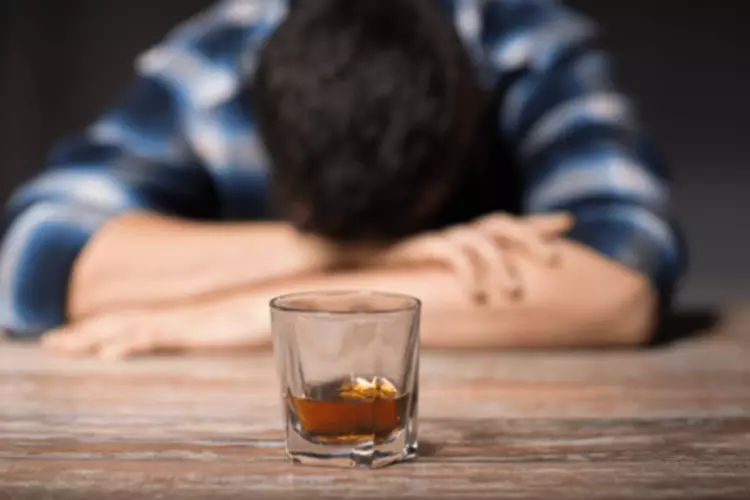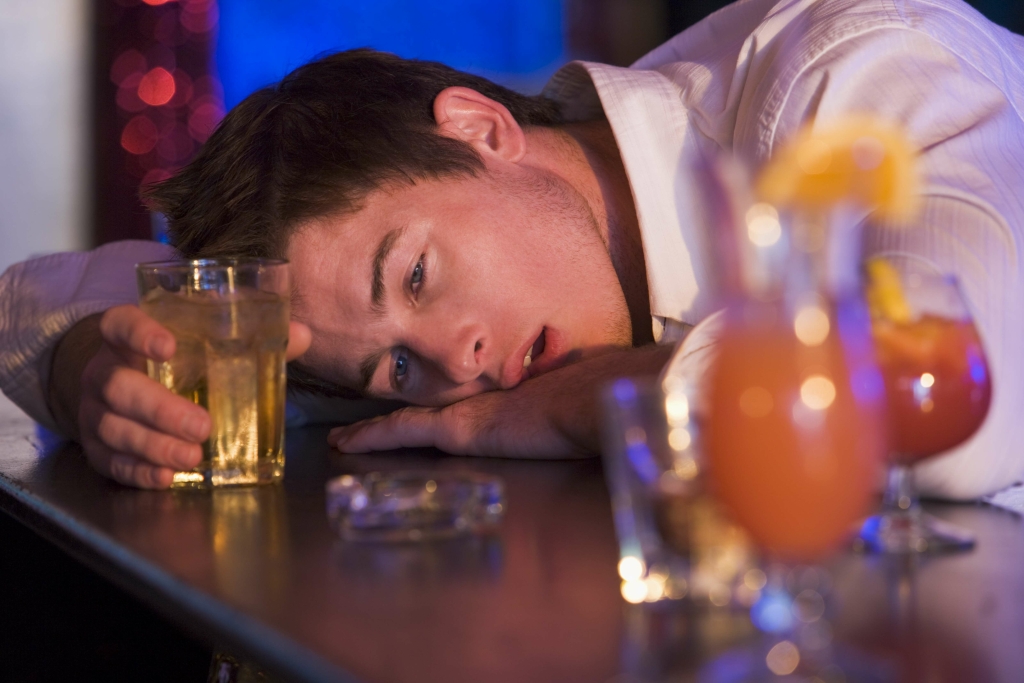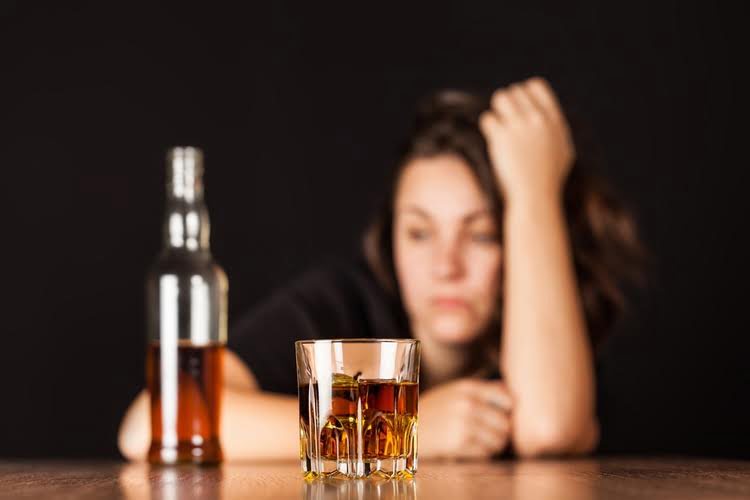Poor self-care leads to negative emotions, feelings of unhappiness and increased levels of stress. As people continue to practice poor self-care, they transition into a mental relapse. During emotional relapse, people aren’t considering drinking or using. However, they aren’t practicing coping behaviors or proper self-care.
- This could happen when they mistakenly drink alcohol thinking they were being given a non-alcoholic beverage at a party.
- Still, by incorporating these strategies—consistency, self-care, and support—those in recovery can greatly enhance their resilience and reduce the risk of relapse.
- What is most often considered a “traditional” relapse occurs when someone makes a conscious decision to drink or use drugs.
- People who have completed inpatient or residential addiction treatment often find that they continue to face triggers and stressors that challenge their recovery.
Acamprosate vs. Disulfiram for Alcohol Use Disorder: 5 Differences You Need to Know
They are led by health professionals and supported by studies showing they can be beneficial. When asked how alcohol problems are treated, people commonly think of 12-step programs or 28-day inpatient rehab but may have difficulty naming other options. In fact, there are a variety of treatment methods currently available, thanks to significant advances in the field over the past 60 years. Many people struggle with controlling their drinking at some time in their lives. More than 14 million adults ages 18 and older have alcohol use disorder (AUD), and 1 in 10 children live in a home with a parent who has a drinking problem. As your time in treatment comes to an end, you will likely meet with therapists, counselors, or case managers who will help you set up an aftercare plan.
- Our community is about connecting people through open and thoughtful conversations.
- Dr Garcia-Murillas said the study lays the groundwork for better post-treatment monitoring and potentially life-extending treatment.
- Creating a recovery card with personal motivations for sobriety and emergency contact numbers can be a practical tool for staying on track.
- That’s why it’s helpful to explicitly reaffirm that you don’t blame them for their relapse.
- While relapse can occur at any time, the 60- to 90-day period after initial recovery is the most vulnerable time.
What to do when a person you know relapses
Focusing on emotional wellness each day reduces restlessness, irritability, and discontent, which can build up over time and lead to relapse. Relapse is a natural part of recovery, but remission is never impossible. By understanding and utilizing the tools and resources available at each stage, you can successfully navigate the change cycle and maintain lasting recovery. BetterHelp can connect you to an addiction and mental health counselor. If you experience a relapse, taking steps towards renewal and getting back on track with your recovery is essential.
How Does Relapse Fit Into the Stages of Change?
If you have suffered a relapse, and you’re worried about what the future holds, you are not alone. More importantly, you can regain your sobriety and continue your path to recovery. It’s also what to do after a relapse necessary to schedule regular opportunities for fun. Reflect on what triggered the relapse—the emotional, physical, situational, or relational experiences that immediately preceded the lapse.
- Once you’re able to refocus your mind on recovery, and you’ve taken responsibility for your actions, you should reach out to your sponsor.
- One way of ensuring recovery from addiction is to remember the acronym DEADS, shorthand for an array of skills to deploy when faced with a difficult situation—delay, escape, avoid, distract, and substitute.
- A relapse is a sustained return to heavy and frequent substance use that existed prior to treatment or the commitment to change.
- Online medication-assisted treatment programs are fairly new to the telehealth industry, but existing companies are expanding quickly with new programs emerging every day.
Do I Need to Go Back to Treatment?

When a family member or friend relapses, you will likely have your own feelings, such as anger, sadness, fear, and disappointment. It can be difficult to balance coping with your own feelings with providing support. The most effective approach is to be caring and direct while avoiding being aggressive and hostile.

- And they’re all basically saying at these various points of time that he always essentially had a very serious drug problem.
- The rate of relapse after treatment for alcohol abuse is around 90 percent.
- This is why it is best to have a solid relapse prevention plan.
Professional intervention can take various forms, from therapy to medication, tailored to individual needs. Cognitive Behavioral Therapy (CBT) is frequently utilized, as it helps individuals understand their behaviors and develop coping strategies. CBT can address underlying issues such as trauma, which often plays a significant role in relapse. It is essential to understand that slips and relapses can happen, but their impact on recovery differs. A slip does not have to spiral into a relapse if it is addressed promptly and used as a learning experience to strengthen one’s recovery plan. Conversely, a relapse often requires a more intensive intervention to get back on track, which may include revisiting treatment options or adjusting the recovery strategy.

A Healthcare Professional’s Role Through the Stages
Using drugs once during recovery doesn’t necessarily mean that a person has relapsed. A single use is usually referred to as a “slip.” Some people can slip without relapsing, but drinking or using increases the chance of relapse. Some people never fully recover, but they learn to cope with symptoms of the disease.
As MS progresses, there may be fewer times of remission, with symptoms becoming steadier. Evaluate the coverage in your health insurance plan to determine how much of the costs your insurance will cover and how much you will have to pay. Ask different programs if they offer sliding scale fees—some programs may offer lower prices or payment plans for individuals without health insurance. Ideally, health professionals would be able to identify which AUD treatment is most effective for each person. NIAAA and other organizations are conducting research to identify genes and other factors that can predict how well someone will respond to a particular treatment.

